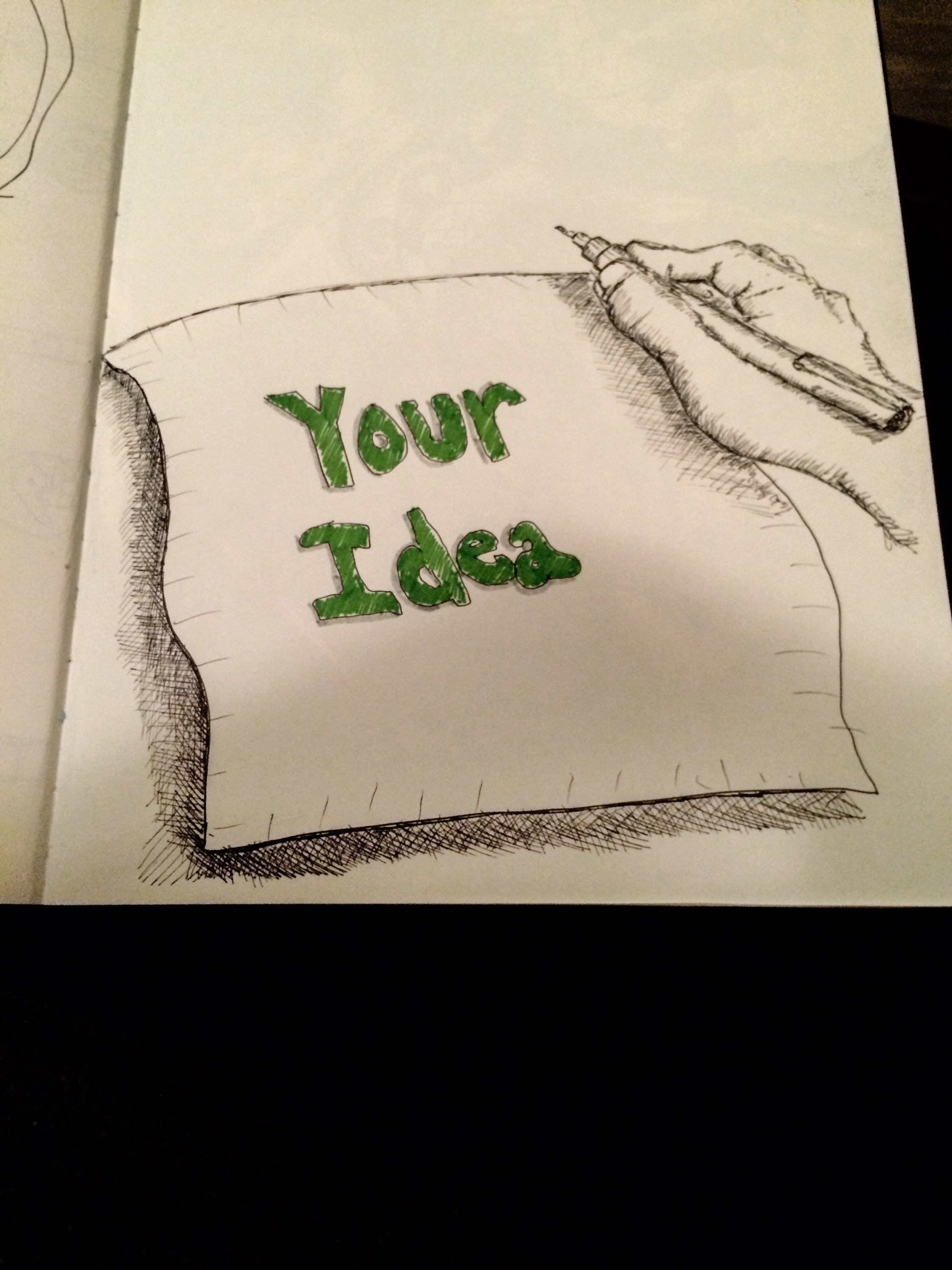It’s been a few years since I realized the importance of the emerging craft beer industry. I knew something was up in my 2009 blog post Take a Step Forward with a Step Back, however I didn’t fully realize how locally important the industry would be in building community, innovation, and economic development in the upstate.
Brook Bristow , Executive Director of the South Carolina Brewers Guild shared with me the staggering economic impact of the South Carolina craft beer industry, “The latest economic numbers indicated that South Carolina sees about a $254M economic impact from craft beer, with about 3,000 jobs directly attributable to it. With the new survey results and the additional taproom sales from existing breweries, that number should now sit around $275M.” Greenville News has also spotlighted the boom in Beer tourism in Carolinas.
On a personal note, our Beer and Napkins organization has benefited significantly from the community and third place that the craft beer industry has provided. From Growler Haus in Anderson, Community Tap, and Brewery 85 in Greenville, we have met amazing people and groups who are continually brewing ideas. A great example is from one of our first pitch sessions from David Thorton and Even Skjervold of SouthYeast Labs, a company that locally sources brewer’s yeast for use in beer, wine, mead, cider and liquor. Additionally the numerous home-brewing organization such as Just Brew It Anderson and Clemson Brew Crew have been a breeding ground for a number of innovations and business ideas. Examples such as these are just a drop in the barrel of companies and organizations starting and thriving due to the community and ideas this industry is providing.
We at Beer and Napkins feel that the SC craft beer industry is not just self-serving but provides the social lubricant and ecosystem for continued innovation in South Carolina. We are very appreciative of the local brewers, brewpubs, and the advocacy of Brook and the SC Brewer’s Guild. Beer and Napkins is thankful to be part of this evolution.
On March the 19th we will celebrate the industries’ journey with our BeerStory event. Brook will be our featured presenter and we will also hear storypitches and samples from three local start-up breweries Carolina Bauernhaus Ales, Birds Fly South Ale Project, and 13 Stripes.
Please join us at Openworks March 19th at 6:30pm for a taste and inspiration. Signup here to get your tickets BeerStory: Evolution of SC Beer
We will be using #BandN_BeerStory and #scbeer during this event






 For more information contact
For more information contact 
